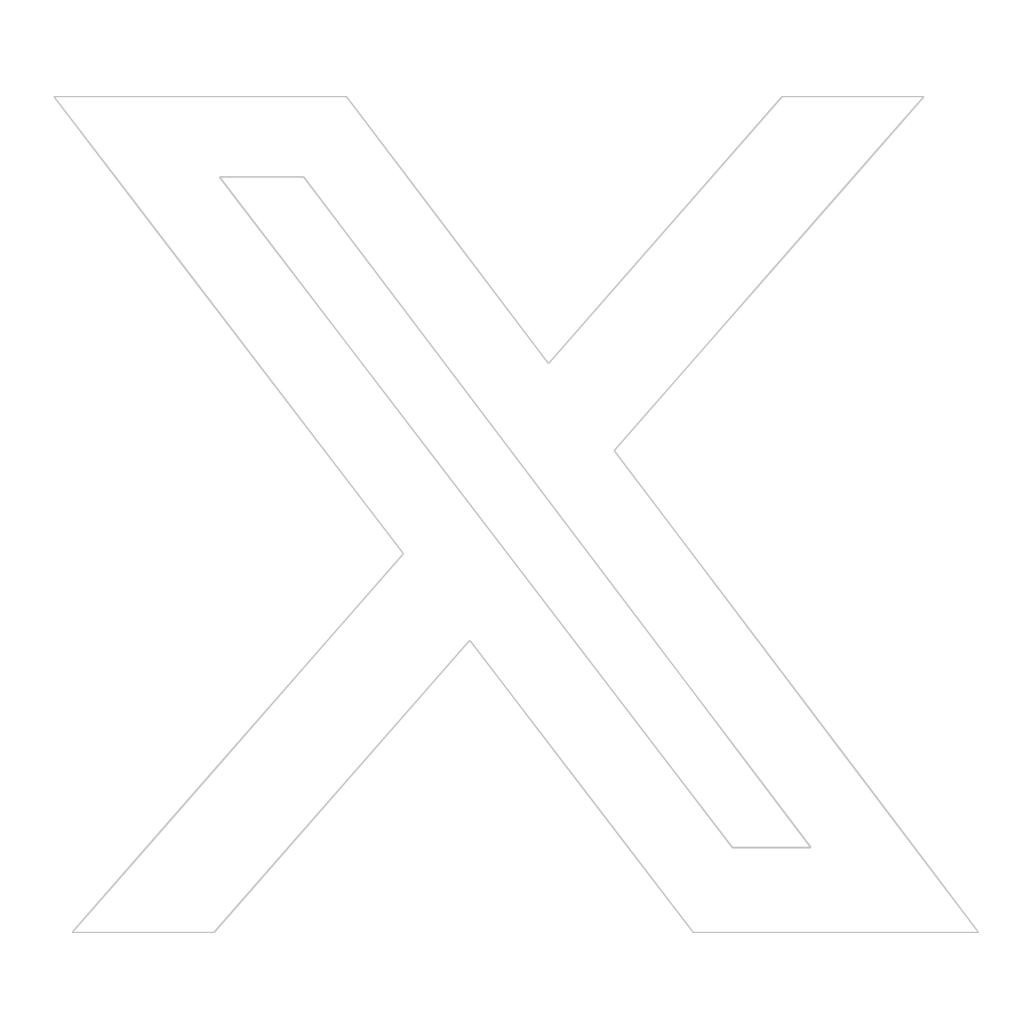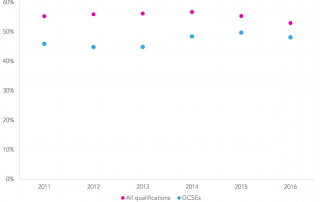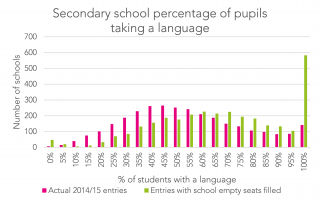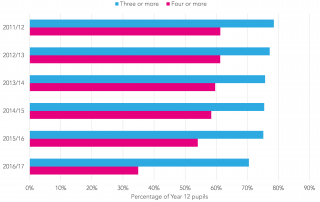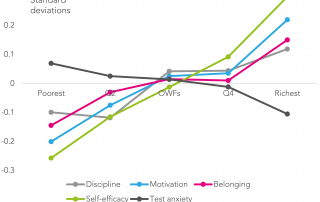Are more pupils really taking arts subjects?
Schools Week last week published a handy summary of Ofqual’s release of summer 2017 examination entry statistics. It notes that entries in EBacc subjects have risen whilst entries in other subjects have fallen. This raises the question of whether the EBacc is crowding other subjects out of the curriculum. In defence of the EBacc, Schools [...]
